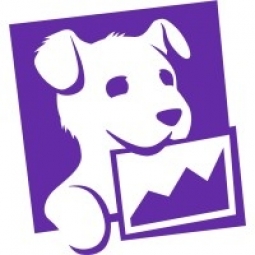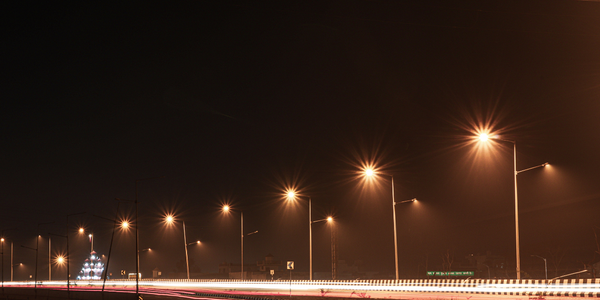Customer Company Size
SME
Region
- America
- Europe
Country
- United States
- Italy
Product
- Datadog IoT Agent
- Datadog Deployment Tracking
Tech Stack
- AWS IoT Core
- PostgreSQL
- RabbitMQ
- NVIDIA Jetson
Implementation Scale
- Enterprise-wide Deployment
Impact Metrics
- Productivity Improvements
- Digital Expertise
Technology Category
- Analytics & Modeling - Real Time Analytics
Applicable Industries
- Cities & Municipalities
- Transportation
Applicable Functions
- Logistics & Transportation
- Maintenance
Use Cases
- Edge Computing & Edge Intelligence
- Real-Time Location System (RTLS)
- Vehicle Telematics
Services
- Cloud Planning, Design & Implementation Services
- Data Science Services
- System Integration
About The Customer
Automotus is a curb management company that leverages computer vision software running on edge devices to help cities, fleets, and businesses increase revenue while making streets less congested, more sustainable, and more equitable. The core of Automotus's business relies on IoT devices, and if those devices fail, their business grinds to a halt. It's therefore essential for Automotus to have total visibility into the health and performance of these devices, as well as the downstream applications and services that support them. Harris Lummis, CTO and Co-founder of Automotus, recognized this need and began the search for a comprehensive monitoring solution for Automotus's growing IoT system.
The Challenge
Automotus, a curb management company, was facing challenges with their IoT devices and scaling cloud resources. They needed a robust monitoring solution that would provide visibility into their IoT devices, as well as their scaling cloud resources. Their manual and reactive approach to monitoring was proving to be inefficient. They were unable to collect important hardware metrics, such as network throughput, I/O load, and memory, which meant they often missed the first signs of degraded device performance. If their devices stopped sending messages, they were forced to SSH into the system and sort through logs by hand, which was an extremely time-consuming process that required all hands on deck. They also didn't have visibility into the management and backend services that are crucial to their system, such as AWS IoT Core. These problems were compounded by the absence of a centralized platform to view and analyze this data in context. The resulting blind spots stymied their troubleshooting process, leaving them to cross their fingers that nothing would go wrong.
The Solution
Automotus decided to contact Trek10, a Datadog Gold tier partner and an AWS-focused service provider with specialized expertise in next generation infrastructure. It was through their conversations with Trek10 that Automotus first realized how Datadog's minimal overhead, low-maintenance approach to IoT monitoring could transform their engineering organization. Datadog's IoT Agent, together with IoT integrations with technologies such as AWS IoT Core, would allow them to view critical performance data from their NVIDIA Jetson-based devices alongside metrics, traces, and logs from their entire IoT ecosystem. Additionally, Datadog's unified platform would allow them to eliminate blind spots and streamline their troubleshooting process, freeing up their engineers to spend more time building and enhancing their core product. With the help of Trek10, Automotus was able to onboard and ramp up with Datadog in no time. Trek10 deployed the Datadog IoT Agent to Automotus’s devices and enabled the integrations for the AWS services they rely on, giving them unprecedented visibility into their entire system.
Operational Impact
Quantitative Benefit

Case Study missing?
Start adding your own!
Register with your work email and create a new case study profile for your business.
Related Case Studies.

Case Study
Turning A Stadium Into A Smart Building
Honeywell created what it called the “intelligent system” for the National Stadium in Beijing, China, turning the venue for the opening and closing events at the 2008 Summer Olympics into a “smart building.” Designed by highly controversial artist Ai Weiwei, the “Bird’s Nest” remains one of the most impressive feats of stadium architecture in the world. The 250,000 square meter structure housed more than 100,000 athletes and spectators at a time. To accommodate such capacity, China turned to Honeywell’s EBI Integrated Building Management System to create an integrated “intelligent system” for improved building security, safety and energy efficiency.
.png)
Case Study
Smart Street Light Network (Copenhagen)
Key stakeholders are taking a comprehensive approach to rethinking smart city innovation. City leaders have collaborated through partnerships involving government, research institutions and solution providers. The Copenhagen Solutions Lab is one of the leading organizations at the forefront of this movement. By bringing together manufacturers with municipal buyers, the Copenhagen Solutions Lab has catalyzed the development and deployment of next-generation smart city innovations. Copenhagen is leveraging this unique approach to accelerate the implementation of smart city solutions. One of the primary focus areas is LED street lighting.
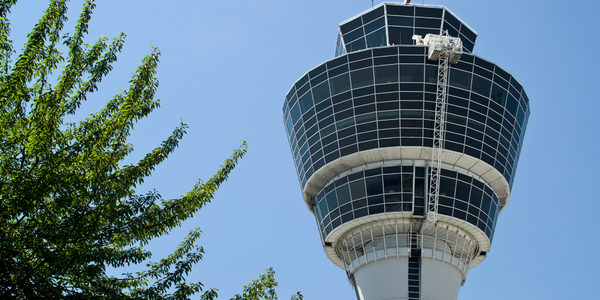
Case Study
Airport SCADA Systems Improve Service Levels
Modern airports are one of the busiest environments on Earth and rely on process automation equipment to ensure service operators achieve their KPIs. Increasingly airport SCADA systems are being used to control all aspects of the operation and associated facilities. This is because unplanned system downtime can cost dearly, both in terms of reduced revenues and the associated loss of customer satisfaction due to inevitable travel inconvenience and disruption.
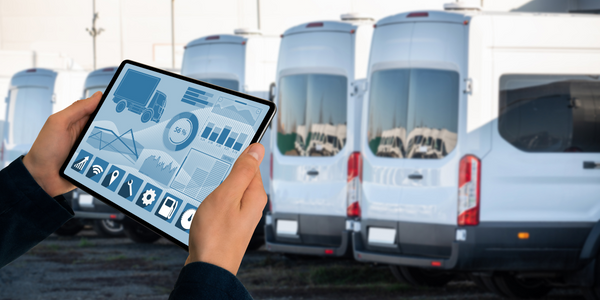
Case Study
IoT-based Fleet Intelligence Innovation
Speed to market is precious for DRVR, a rapidly growing start-up company. With a business model dependent on reliable mobile data, managers were spending their lives trying to negotiate data roaming deals with mobile network operators in different countries. And, even then, service quality was a constant concern.
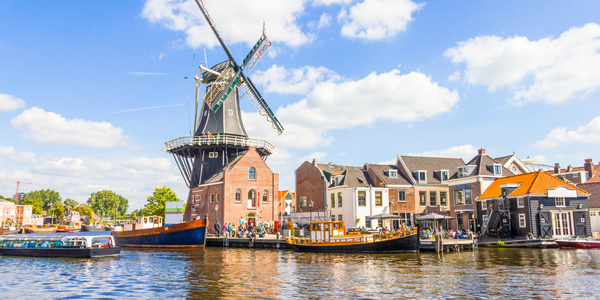
Case Study
Buoy Status Monitoring with LoRa
The Netherlands are well-known for their inland waterways, canals, sluices and of course port activities. The Dutch Ministry of Infrastructure indicates that there are thousands of buoys and fixed items in and near water environments that would profit from IoT monitoring. One of the problems with buoys for example, is that they get hit by ships and the anchor cable breaks. Without connectivity, it takes quite some time to find out that something has happened with that buoy. Not to mention the costs of renting a boat to go to the buoy to fix it. Another important issue, is that there is no real-time monitoring of the buoys at this moment. Only by physically visiting the object on the water, one gains insight in its status.




